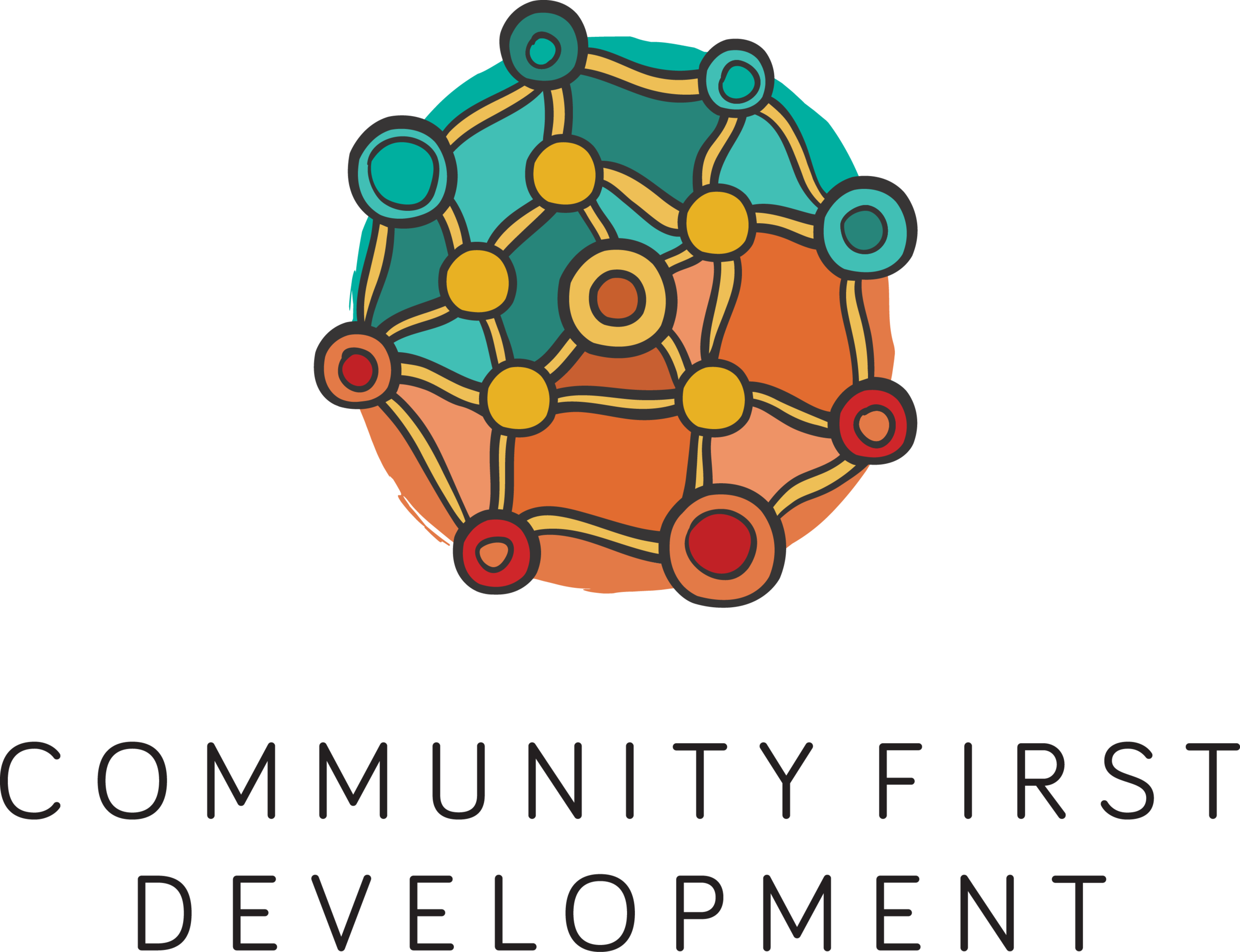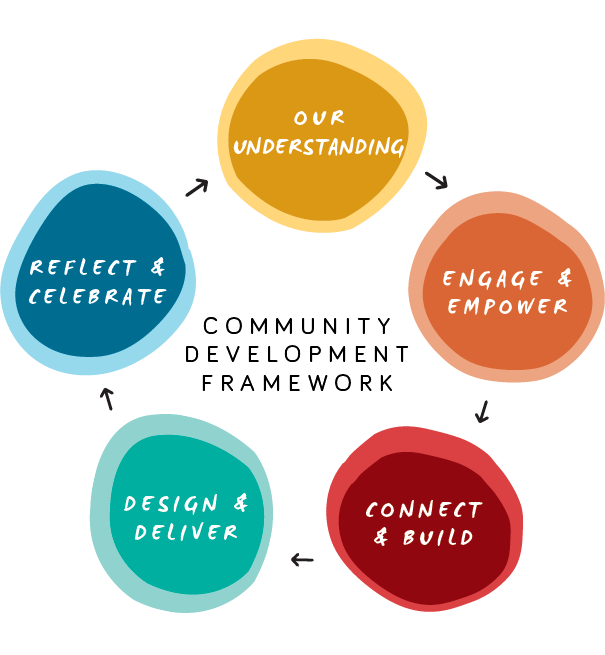Another deadly research report is on its way!
Community First Development has kicked off a new Action Research Project that explores monitoring and evaluation approaches with the First Nations’ communities we work alongside.
Monitoring and Evaluation has been an important part of our journey as an organisation over the past ten years.
Why choose the effectiveness of monitoring and evaluation as a research project?
Good question! As always, there is a back story to how this research project came about and its important context. Community First Development has been working consistently on improving its database and evaluation methods that align and resonate with First Nations’ culture. As a First Nations’ organisation we do things the ‘right way’ with First Nations’ people and communities at the forefront of our minds and practice.
As part of the M&E journey, Community First Development engaged several specialists in the M&E field to support with mapping out the evolution of our M&E models and approaches. A range of questions were raised, and over time the organisation pondered; how can we expand the insights we are collecting to strengthen our community approaches? And most importantly, how do we make sure we are measuring what really matters — not only to the organisation, but to the First Nations’ communities we work alongside? We have now moved into a new phase of our M&E journey.
As First Nations’ communities are constantly evolving, our M&E approach is central to connecting with, working with, and understanding the communities we work with. Our M&E work begins right from the start of our relationship with a community – during initial community engagement. It then continues through the phases of connecting, building, designing, and implementing project activities with the community.
As we pondered what we know about community development, participatory M&E approaches and our values of community ownership, we started exploring ways to greater emphasise what communities were telling us about their long-term aspirations (or dreams) in our M&E approach.
M&E continues throughout all phases of our Community Development framework.
The dream
Dreams are multi-dimensional and consider lots of aspects: the economic, environmental, mob, spiritual, cultural customs and Country. Dreams are holistic, shared and form the basis for strengthening First Nations’ future generations and ensuring that Country is sustainable. The dream narrative cannot be understated, not only for the success of the project but for the revitalisation and resurgence strategies that communities are putting in place. First Nations’ dreams have the capacity to reinforce the strengths of the community.
As part of the Australian government’s agenda of reconciliation it is critical that revitalisation and resurgence are included, as this takes it back to the grass roots of communities. Community-focused actions are than premised on reconnecting with land, culture and community. An example of this is communities’ goals of language revitalisation, practising of cultural customs and aspirations to ensure that strong Country is maintained.
Dreams (long-term goals) that First Nations’ communities identify are also an essential part of the M&E journey. As it is one of the aims of Community First Development that these M&E tools and processes will work beyond the life of a community project and contribute to the community’s long-term dream.
Elevating First Nations’ communities’ voice
Tracking and recording the community’s journey is critical for our M&E processes. This process is valuable for communities as M&E can empower communities to elevate their voice for project design and long-term influence on policy and future funding applications. This is an important source of truth telling for First Nations’ communities.
As part of the M&E learning for Community First Development it became apparent that these M&E processes enable communities to choose their own indicators of success to monitor for short term outcomes as well as those relating to their long-term dream, working from a strength-based model rather than a deficit model. With this in play, First Nations’ communities are in control of these processes.
Transformation and change for Community First Development
We acknowledge that when working alongside First Nations’ communities, trust and change is time related, with the focus on yarning and deep listening, change is often the stories that communities collect and remember. The backstory of Community First Development’s M&E journey has been one of transformation and change, as the organisation evolves and gains deeper insights into community practice, the M&E journey will also evolve and grow.
This is the first in a series of three blogs that will briefly outline our Monitoring and Evaluation (M&E) journey and discuss our second action research project.
Stay tuned! Our next blog will discuss the impact of M&E on the organisation: thoughts, reflections, practice and frameworks.


